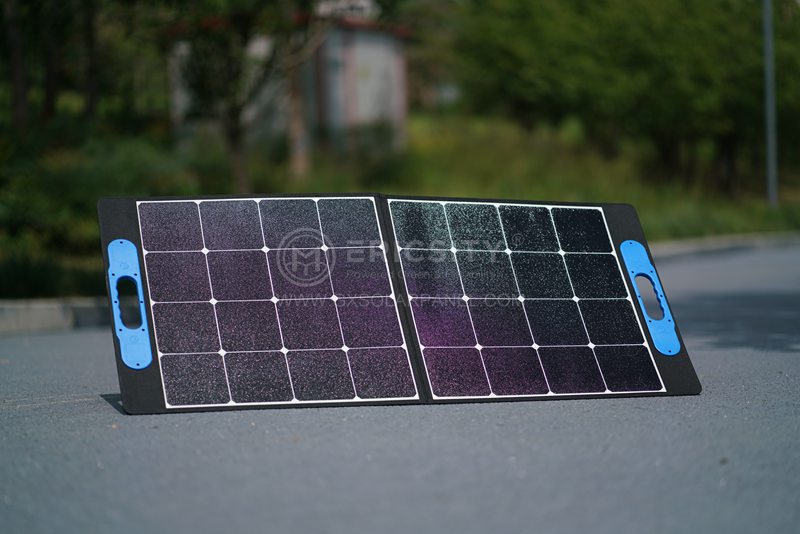HOT PRODUCT
Product Details
amorphous Flexible Solar Panels: A Renewable Revolution In Energy
Title: Amorphous Flexible Solar Panels: A Renewable Revolution In Energy
Introduction (100 words)
Solar energy has emerged as a game-changer in the renewable energy sector, offering a cleaner and more sustainable way to power our planet. Advancements in solar panel technology have led to the development of innovative solutions, such as amorphous flexible solar panels. These panels revolutionize the utilization of solar energy by their flexibility, durability, and efficiency. This article explores the potential of amorphous flexible solar panels, highlighting their benefits, applications, and impact on the renewable energy landscape.




Benefits of Amorphous Flexible Solar Panels (150 words)
Amorphous flexible solar panels, also known as thin-film solar panels, offer several advantages over traditional crystalline silicon panels. One of their primary benefits is their flexibility, enabling them to conform to curved surfaces, making them suitable for various applications. It allows for easier integration into architectural designs, including windows, roofs, and even clothing. Additionally, this flexibility also makes transportation and installation more convenient.
These panels are lightweight, making them ideal for mobile applications such as tents, electric vehicles, backpacks, and portable charging devices. Their thin-film composition allows for low-light performance, making them more efficient than traditional solar panels under cloudy or shaded conditions. Moreover, amorphous flexible solar panels are durable, even in extreme temperatures, as they are less prone to cracking or damage caused by thermal stress.
Applications of Amorphous Flexible Solar Panels (200 words)
The flexibility of amorphous solar panels unlocks a broad range of applications. In the consumer sector, they can be integrated into personal devices such as smartphones, smartwatches, and other wearable technology. This integration enables self-charging devices, reducing the need for external power sources.
Amorphous flexible solar panels also find applications in the transportation sector. They can be seamlessly integrated into electric vehicles, enhancing their range by harnessing sunlight while on the move. Furthermore, these panels can be used in public transportation infrastructure, such as bus and train stations, where they can generate electricity from sunlight to power lighting or charge electric buses and trains.
Another significant application lies in the building industry. Designed to be aesthetically pleasing, amorphous flexible solar panels can be seamlessly incorporated into building materials, including windows, roofs, and facades. This integration allows for energy generation while maintaining the architectural integrity of the structure. The lightweight nature of these panels also reduces structural load, making them suitable for retrofitting existing buildings.
Impact on Renewable Energy Landscape (200 words)
Amorphous flexible solar panels have the potential to transform the renewable energy landscape on multiple fronts. Firstly, their flexibility and adaptability allow for the optimization of previously underutilized or non-traditional surfaces, expanding the overall capacity for solar energy generation. The ability to integrate them into personal devices, vehicles, and buildings also enhances accessibility and ease of adoption.
The cost-effectiveness of amorphous flexible solar panels is another significant advantage. The manufacturing process for thin-film panels requires less material and energy compared to traditional crystalline silicon panels, resulting in lower production costs. This cost advantage can lead to wider adoption of solar energy solutions, making it more affordable for individuals, businesses, and communities to invest in renewable infrastructure.
Furthermore, the lightweight and durable nature of amorphous flexible solar panels facilitates installation in remote or challenging locations, expanding the reach of renewable energy solutions to previously untapped regions. This increased accessibility can provide electricity to areas without reliable power grids, positively impacting the lives of those living in such communities.
Conclusion (50 words)
Amorphous flexible solar panels embody the future of solar energy, providing a renewable revolution in energy generation. With their flexibility, efficiency, and versatility, these panels offer numerous benefits and applications across various sectors. As advancements continue, these panels have the potential to reshape the way we harness and utilize solar power, driving us towards a more sustainable future.




